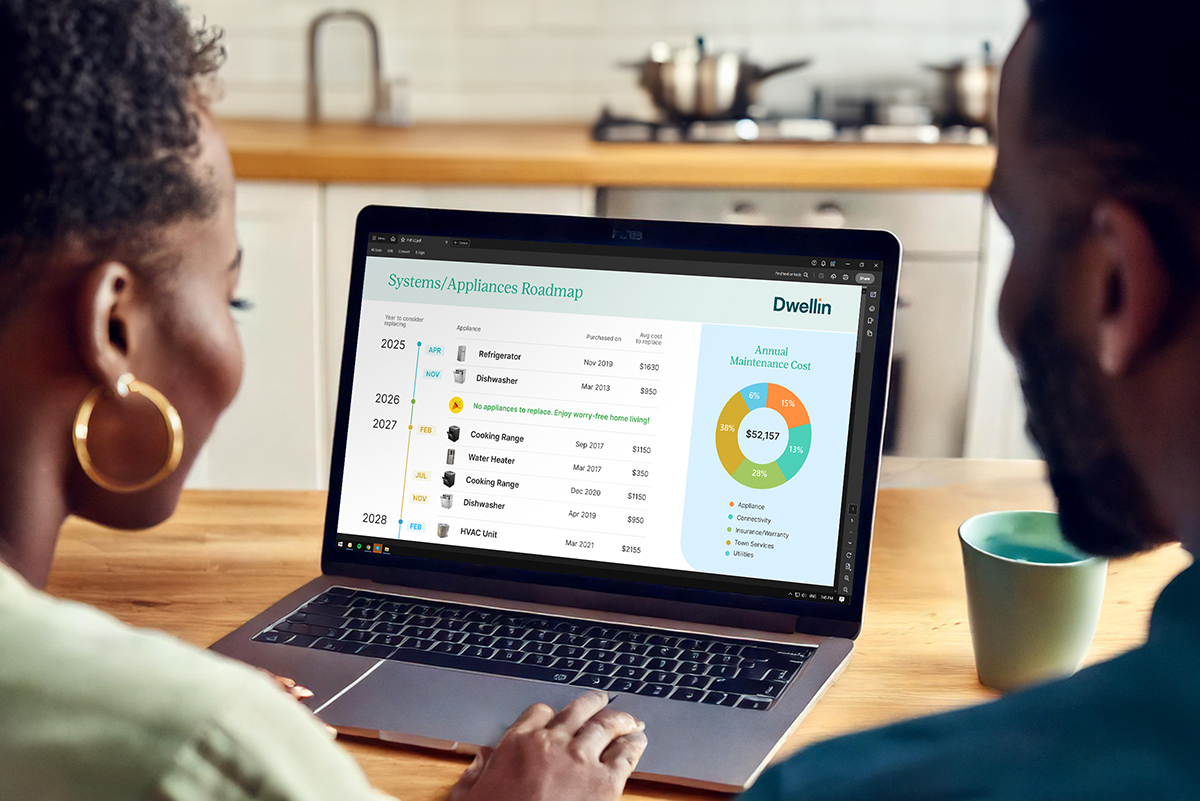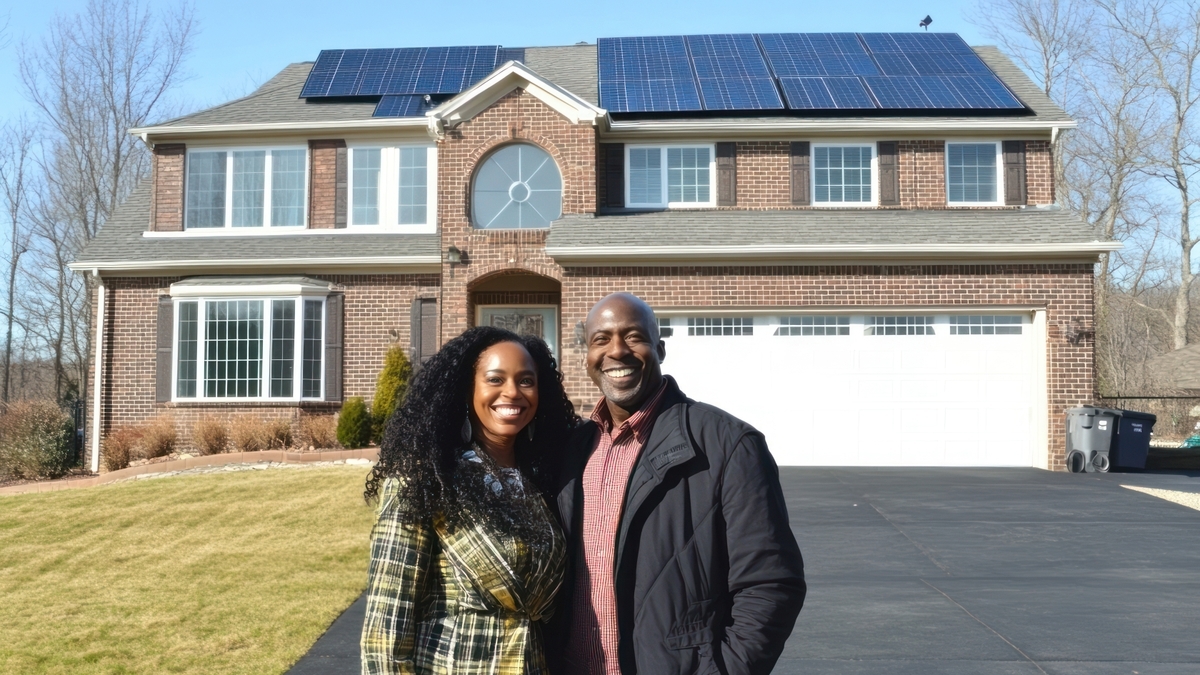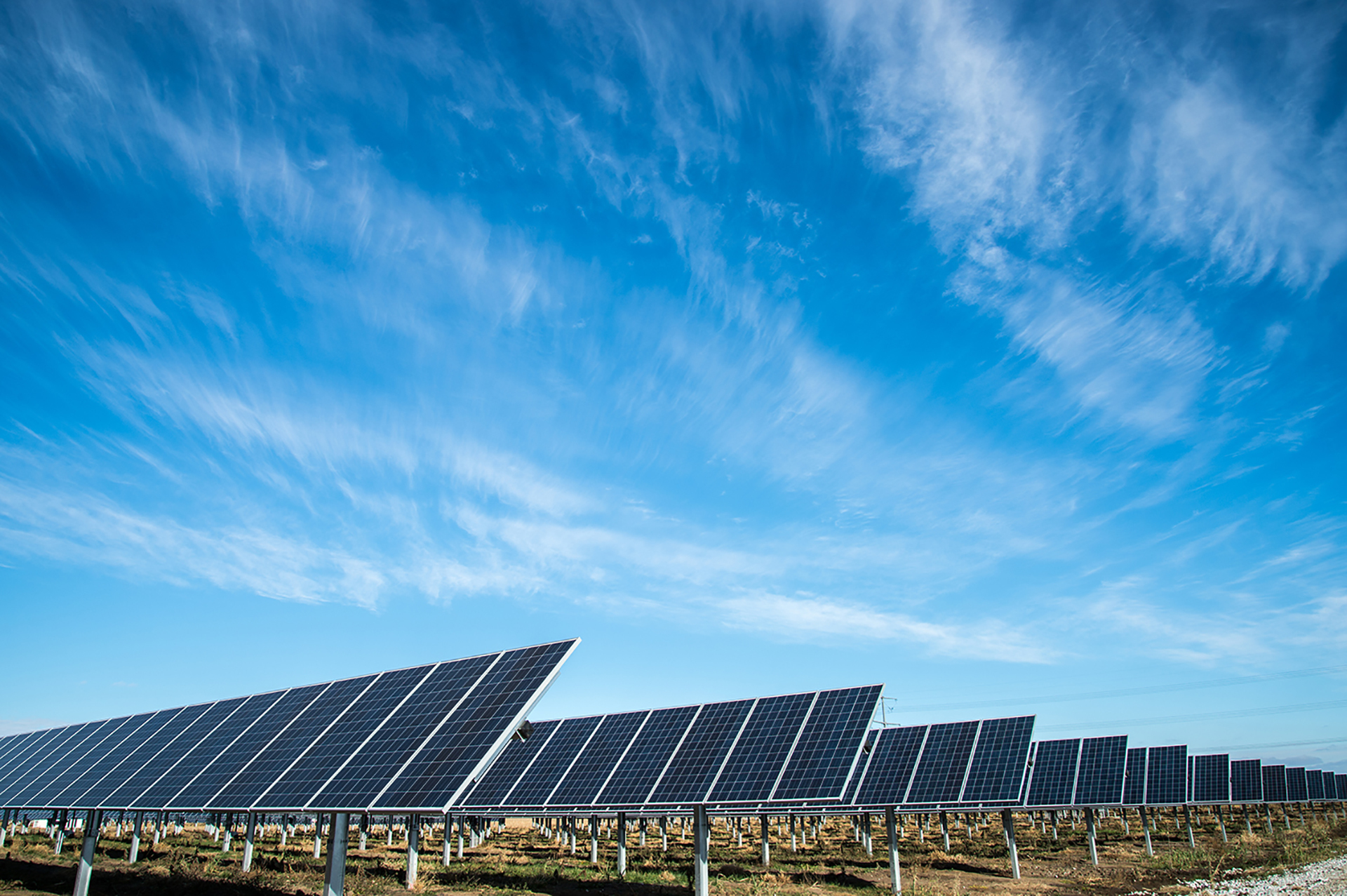How can Your Appliances Reduce Your Carbon Footprint?
5 minute read

Without a doubt, the attempt to reduce carbon emissions begins at home. Overall, the bulk of greenhouse gas emissions are carbon dioxide, and the most significant percentage of CO2 emissions comes from electricity production. This implies that you must scrutinize your home’s energy-hungry equipment to reduce your carbon impact.
What can we do to help reduce climate change? Investing in the appropriate appliances is an essential step. According to the EPA, selecting energy-efficient appliances is critical to reducing your carbon impact.
Contents
- How COVID-19 Led to a Higher Carbon Footprint from Enhanced Appliances Usage
- Which Housing Conditions Matter for Carbon Footprint Mitigation?
- Understanding the Effects of Energy-Intensive Home Appliances
- Use modern appliances
- Utilize the optimal applications to maximize energy efficiency
- Switch off home equipment when not in use
- Regular Equipment Upgrades and Maintenance
How COVID-19 Led to a Higher Carbon Footprint from Enhanced Appliances Usage
Since the pandemic outbreak, most individuals have spent much of their time at home. Those who work from home have grown more dependent on electricity for the operation of office necessities, such as computers, printers, phones, and the internet.
Likewise, those who are unemployed or on furlough may find themselves utilizing household appliances more often than normal. Hoovers, stoves, washing machines, tea kettles, and TVs continuously use considerable amounts of electricity. Regardless of perspective, this contributes to our increasing carbon footprint and home energy costs.
In other words, your lifestyle may either accelerate or mitigate global warming. Nevertheless, each individual has control over the effect their lifestyle has on global warming. You may be startled by the magnitude of the influence your daily choices may have. Small factors like what you eat and drink, where you live, and how you travel significantly impact the world we live in today.
Which Housing Conditions Matter for Carbon Footprint Mitigation?
Surprisingly large amounts of CO2 are released by your house and the way you live there. This is because residential energy use contributes significantly to CO2 emissions. This covers consumption behaviors such as heating, cooling, and lighting, as well as emissions produced by the production of household equipment.
Households are a major contributor to the carbon footprint of the United States, accounting for 20% of the nation’s greenhouse gas emissions. In reality, three-quarters of global carbon emissions may be traced back to domestic sources.
Understanding the Effects of Energy-Intensive Home Appliances
Overall, most people are aware that bigger household appliances require the most power. For instance, the Energy Saving Trust estimates that electric stoves use 317kWh and cost £46 per year to operate. However, many individuals are unaware that tiny appliances may take a disproportionate amount of energy – for instance, kettles consume 167kWh annually. That equates to a cost of 75 cents every ten minutes of a kettle boiling.
Even after being unplugged from a device, charging cords for devices such as smartphones and laptops may continue to draw power. A charger may burn between 343kWh and 591kWh per year and cost between $50 and $85 per year when left plugged in.
Moving forward, we will discuss some of the most ways in which your appliances might reduce your carbon footprint:
Use modern appliances
The newer an appliance is, the more likely it is to have cutting-edge energy-saving technology and operate at peak efficiency, resulting in modest carbon emissions. It is simple to understand why, given that an Energy Star-certified refrigerator consumes 75 % less power than it did in 1992, and that Energy Star-certified clothes washers use 25 % less energy and 45 % less water than conventional models.
Even without Energy Star, new items are expected to be much more energy efficient than older, worn-out appliances. Generally, new technologies are created with environmental preservation and energy conservation in mind.
Utilize the optimal applications to maximize energy efficiency
One approach to taking the initial steps toward sustainability is to replace some of your appliances with those that are more energy-efficient and do not emit large carbon amounts. This is hardly a significant shift in your day-to-day life, but over time, the decreased power needs will reduce the need to burn fossil fuels. But which appliances will have the most impact?
There are already a plethora of applications whose main purpose is to aid homeowners in improving their home management and energy efficiency. These include gadgets that can remotely operate appliances such as lighting, entertainment devices, and hot water systems. Using these technologies, you can not only minimize your carbon footprint and lower your monthly expenses, but you can also live an enjoyable life.
Switch off home equipment when not in use
Additionally, you may lower your household’s carbon footprint by turning off electrical gadgets and accessories when they are not in use. Even if solar panels power your house, squandering energy in this manner might prevent you from saving more money. This is since sending extra solar power into the grid enables you to further reduce your energy costs via the use of solar credits.
Regular Equipment Upgrades and Maintenance
Homeowners may also reduce their carbon footprint by regularly maintaining and upgrading their household appliances. Not only does routine maintenance extend the life of appliances, but it also makes them more energy-efficient, lowering the amount of power they need to run. However, maintenance may no longer be sufficient if a device has been used for an extended time.
Key Takeaways
As we have discussed, there are several ways to become greener and more energy-efficient if you are determined to reduce your carbon impact. Regardless of the size of your budget, it is now simpler than ever to discover solutions to change your house into a cleaner, more future-proof place.
When it comes to combating climate change, the smallest actions are the most significant. Investing in the proper equipment may have a considerable impact. They will drastically reduce your carbon footprint and contribute to the long-term preservation of the planet.
For this pursuit, Dwellin encourages residents to proactively maintain their houses, contributing to the environment’s preservation. Our user-friendly smartphone application predicts yearly home maintenance expenditures and carbon emissions and then suggests ways to lower both. This secure, AI-powered platform assists home, condo, apartment, and townhouse owners in proactively planning maintenance throughout the year, tracking information on appliances and systems, organizing service professionals, and embarking on the path to net-zero living.















